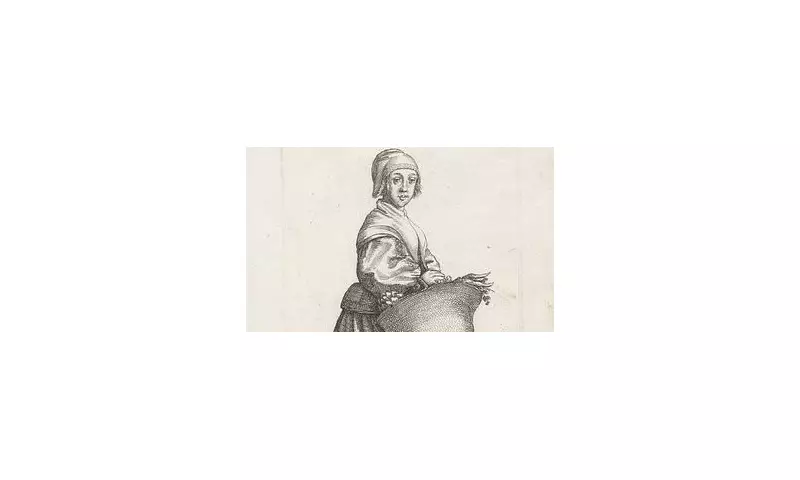
For centuries, the popular image of 17th century women has been one of domestic confinement, but startling new research completely rewrites this historical narrative. Women weren't just tending hearths and homes—they were actively shaping Britain's emerging economy through a remarkable range of occupations.
The Hidden Workforce Emerges
Historical records from the 1600s reveal women working as blacksmiths, shipwrights, printers, and even in traditionally male-dominated trades. These weren't isolated cases but represented a significant portion of the working population, challenging our modern assumptions about historical gender roles in the workplace.
Beyond Domestic Duties
While domestic service remained common, women's economic contributions extended far beyond household management. They operated businesses, managed estates during husbands' absences, and participated in various manufacturing processes. Their work wasn't merely supplementary but formed a critical foundation for Britain's economic development during this transformative period.
Research Methodology
Historians employed innovative techniques to uncover these forgotten stories, examining:
- Court records and legal documents
- Guild membership rolls
- Business ledgers and account books
- Personal diaries and correspondence
- Tax assessments and census data
Economic Impact
The study demonstrates that female workers contributed substantially to:
- Local and regional trade networks
- Manufacturing output across multiple industries
- Agricultural production and distribution
- The development of early consumer markets
- Urban economic growth
Redefining Historical Understanding
This research fundamentally changes how we view women's roles in pre-industrial Britain. Rather than being economically marginal, women were integral to the nation's commercial life, participating in ways that historians are only beginning to fully appreciate.
The findings suggest that the concept of women's work being primarily domestic is a later historical development rather than a timeless tradition. This new understanding of 17th century Britain reveals a more complex and economically diverse reality than previously thought.





